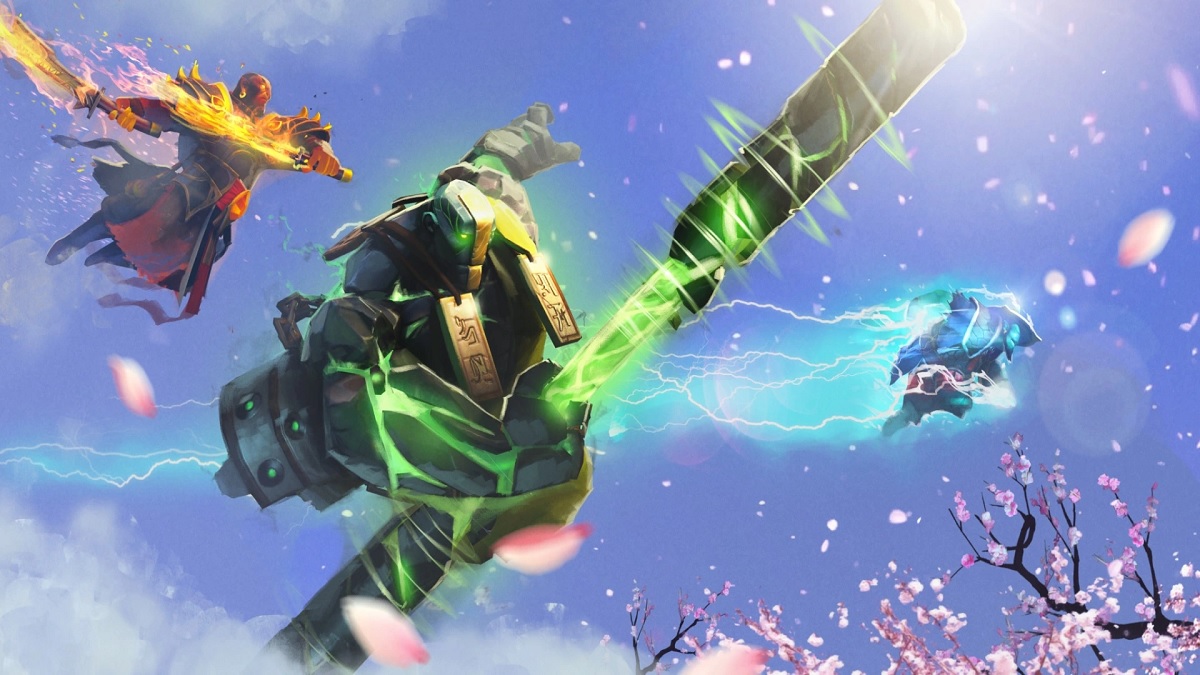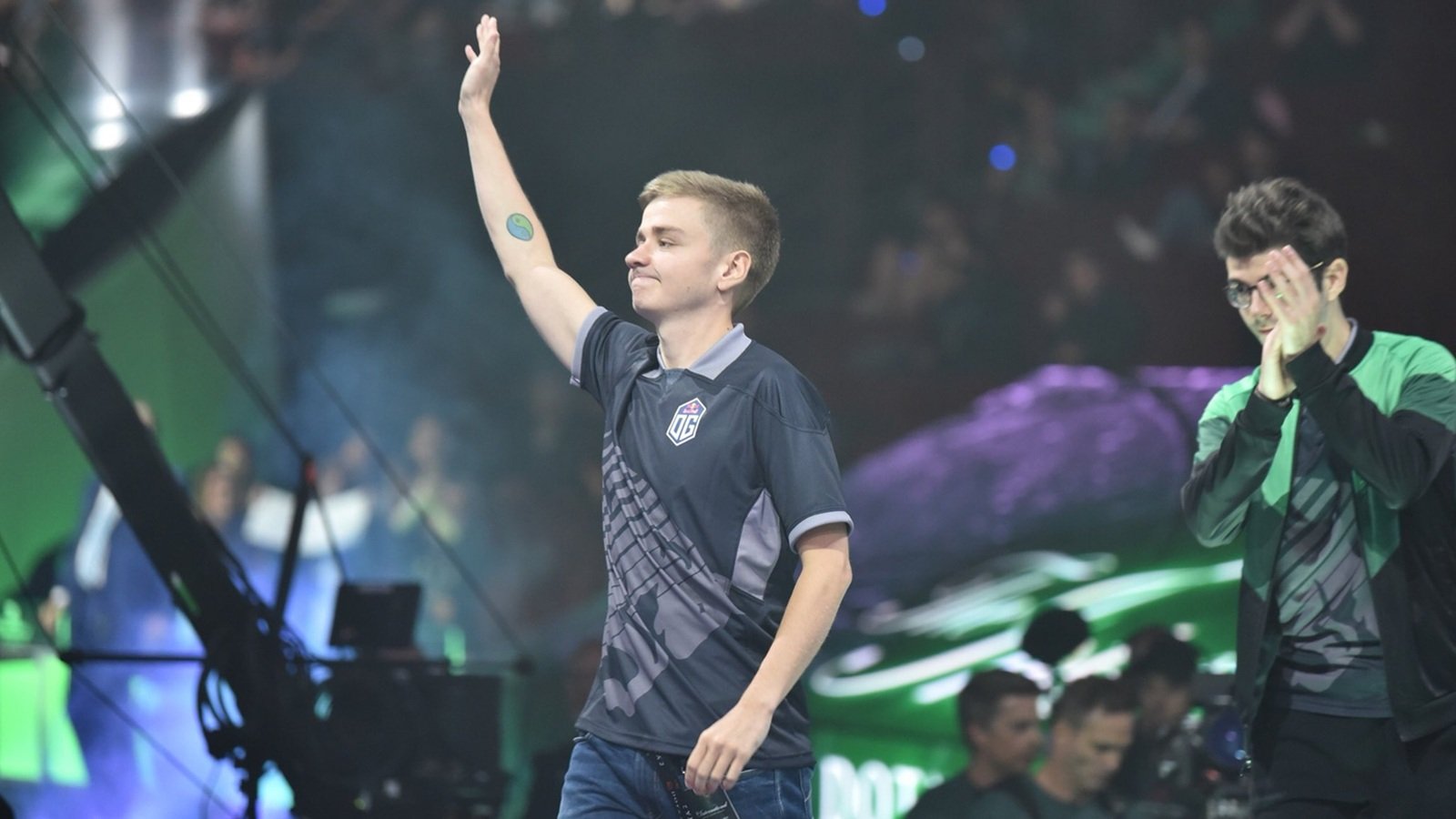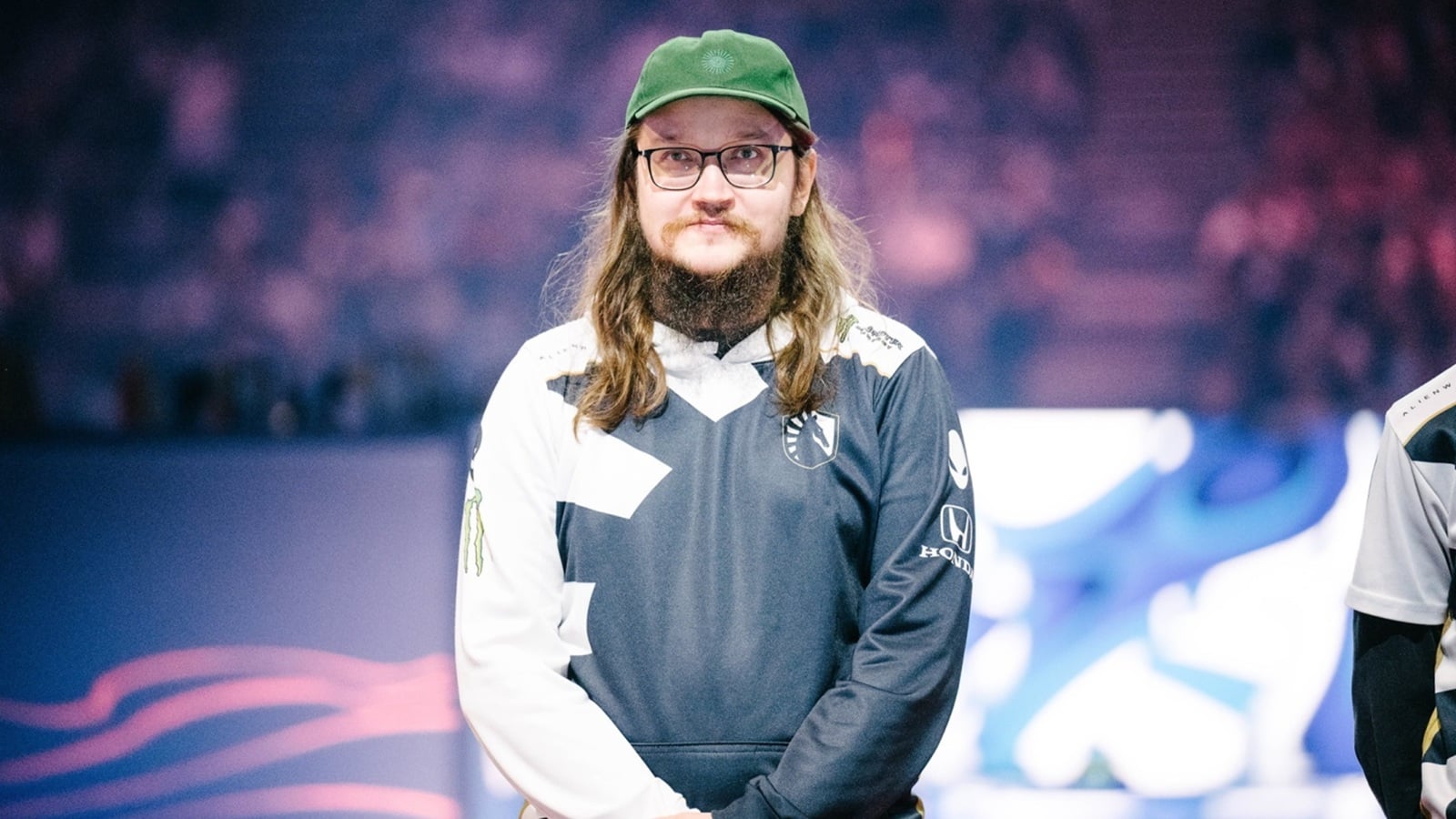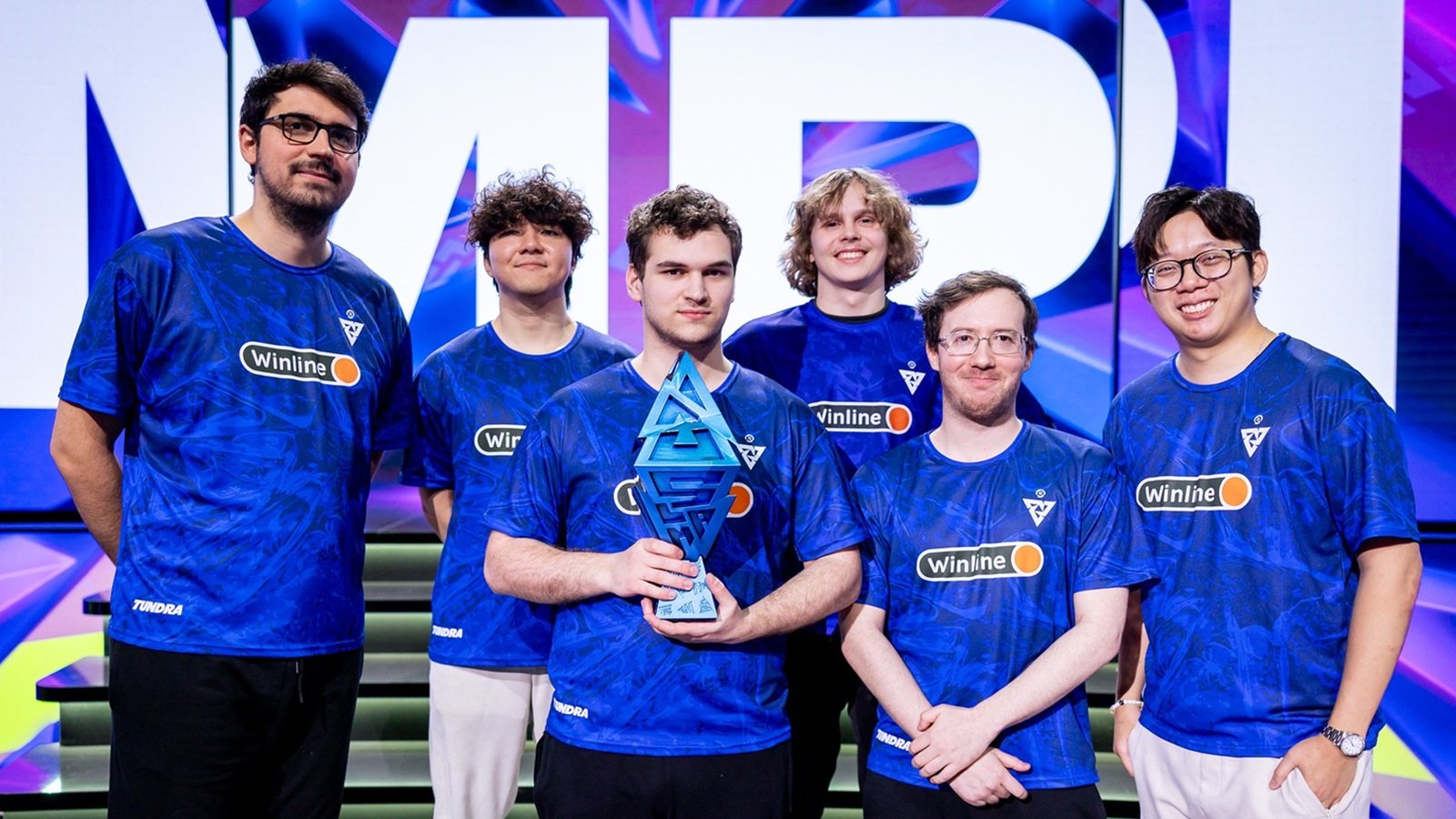Dota 2 has a battle-tested MMR and ranking system that’s been a core part of the game for a decent portion of the last decade. This doesn’t mean that the system is in perfect shape, however, as there is always room for improvement.
A Reddit user found out that improvement could come in the form of the Glicko Rating System, according to a few lines of code that snuck into the Dota 2 client.

Glicko rating systems are commonly seen in titles like Pokémon GO, CS:GO, and Chess.com. Dota 2 fans can take a deeper dive into what the Glicko rating systems offer on Wikipedia while we’ll try to explain its core features as simply as possible.
Most commonly, Dota 2 players will feel the Glicko rating system’s effects in their ranked matches as the MMR they’ll lose or gain from each game will start to differ. Glicko will be introducing an “MMR Uncertainty” to each match which will alter the MMR that players will gain.
If the system detects a smurf in a low-ranked match, it can reward the said smurf with more MMR to get them closer to their intended bracket. The same can be applied in a reverse scenario, a player who’s coming off from a long break can be subject to higher MMR losses since they won’t be at the same skill level they were a year ago.
While this may sound strange for new Dota 2 players, a similar system used to exist in Dota 2’s early days. Players would often feel the relief of only losing seven MMR after getting stomped by smurfs, and that’s one of the main advantages of the Glicko ranking system.
If the system detected a smurf or a wide spread in MMR, then the following would happen.
- The team that is favored to win will be awarded less MMR than 30 for solo queue games.
- The team that’s expected to lose will be deducted less MMR than 30 for solo queue games.













Published: Mar 29, 2023 10:01 am